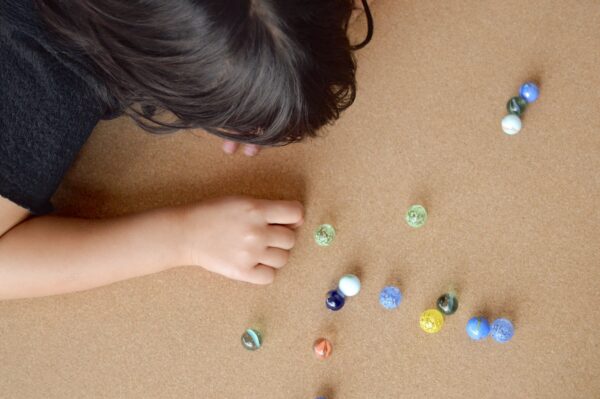South Africans, we know how to celebrate when our teams win on any field. But ranking as the country with the highest screen time globally isn’t a title we should raise our flag for.

People worldwide spend about 6 hours and 45 minutes on screens every day. South Africans are averaging 9 hours and 24 minutes. That’s almost 3 hours above the global average.
What does this mean for the generation watching us?
I can write home about the effort, time and work it has taken (me personally) to create structure, balance and healthy habits around screens with my almost 5year-old. The work is never done, when we’re keeping up with the rapid changes we’re experiencing.
When I read about the screen time surge in South Africa recently, I thought about raising my kids over the next five years. By 2030 there will be an even greater reliance on technology and a widespread adoption of AI and digital tools to support a digital economy.
As parents, keeping up with the change will demand more time and attention from us, eating into the presence and interaction children desire and require. The question arises, how different will these children grow up to be? And what will become of their physical, mental and social health and well-being?
It doesn’t help that the great shift to apartment-style housing from community-style living has impacted the quality of childhood. These circumstances necessitate a dependency on screens and technology to keep kids engaged and entertained, leading to reduced mobility and exploration, reduced social interaction and more isolation which we are seeing the effects of regularly.
The intentional community-building, planned outings, play-dates and the like takes serious work. You may ask, all this to beat the effects of screen-time? Yes.
Traditional Toys, the new luxury
But make way for nostalgic toys as the new luxury, because Millennial and Gen Z parents want their (our) children to experience the charm of traditional toys, imaginative play and the joy that lasts hours.
We’re betting on ourselves to create pockets of those simpler times within our very complicated schedules and new-age digital habits dominated by the screens in the palm of our hands to those mounted on walls.
Parents play an important role in bringing traditional toys back home. A lot of us with the classics and want to pass the joy on to our children. Educated and informed parents know how important it is to mix up the experience of digital and hands-on play and if the algorithms are accurate, we see the value in preserving some of the old-school joy and experiences.
I’ve curated a list of traditional toys that bring back the spark of a simpler childhood:
- Lego Bricks
- Barbie Dolls
- Hot Wheels
- Wooden Building Blocks
- Porcelain Tea Set
As a South African, tradition toys that allow you to step outside with your kid and create meaningful connection and memories that most of us grew up with and reflect on fondly:
- Glass Marbles “nikker balls”
- Spinning Tops
- Kites
- Traditional Yo-Yo
- Slingshots
Final Thoughts
As a South African parent, the screen-time stats are an eye-opener and something I am a part of. Our kids are growing up in a super digital and connected world and my stance remains unchanged, kids should know how to use technology as a tool, for their benefit.
As technology and AI become a bigger part of everyday life, it’s a parent / caregiver’s responsibility to step up and create a healthy blend of online and offline experiences. Traditional toys enter the chat like a grand old family member that helps bring families together. Spending unplugged time and making real associations and connections is more important than ever to keep childhood joyful and meaningful.
You might be interested in: Screen Time to Learning Time
Sanobar Khan
Related posts
ABOUT

Recharged is an independent site that focuses on technology, electric vehicles, and the digital life by Nafisa Akabor. Drawing from her 18-year tech journalism career, expect news, reviews, how-tos, comparisons, and practical uses of tech that are easy to digest. info@recharged.co.za





